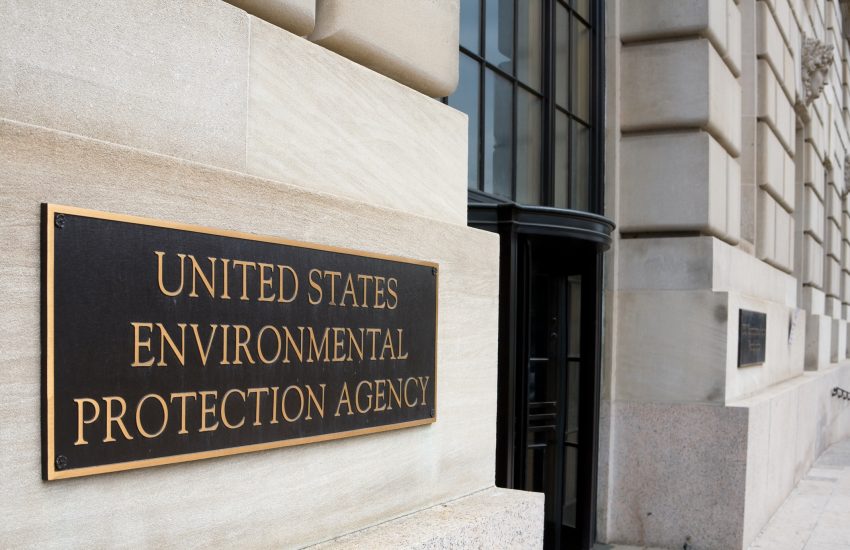The U.S. Environmental Protection Agency on Nov. 10 released a proposal aimed at improving the scope of its perfluoroalkyl and polyfluoroalkyl substances (PFAS) reporting requirements under the Toxic Substances Control Act (TSCA).
The initial regulation was finalized toward the end of 2023. However, both the Biden and Trump administrations pushed back the initial compliance deadlines set forth in the regulation.
The purpose of the proposal, published in the Federal Register on November 13, is to make the reporting regulations more practical by reducing unnecessary and/or duplicative reporting requirements for businesses while maintaining the public’s ability to obtain important safety information on PFAS. The proposal also seeks to provide greater regulatory certainty to industry, resulting in a net reduction in cost. For example, the initial rule estimates that the proposed changes will save roughly 10-to-11 million hours and therefore $786-to-$843 million, 9.3-to-9.9 hours of which and $703-to-$761 million of which will be saved by small businesses.
The primary focus of the changes in the proposal is the inclusion of exceptions to reporting, which include the following categories:
- PFAS manufactured in mixtures or products at concentrations of 0.1 percent or lower (de minimus);
- PFAS imported as part of an article, as defined in TSCA;
- Certain byproducts;
- Impurities;
- PFAS manufactured or imported for research and development purposes; and
- Non-isolated intermediates.
Additionally, the EPA is proposing technical corrections to clarify what must be reported in certain data fields and to adjust the data submission period.
Finally, the EPA is also requesting public comment on other related issues, which could also potentially expand the scope of the changes from the initial rule, including:
- Raising the de minimus threshold from 0.1 percent to 1.0 percent;
- Determining whether the National Defense Authorization Act should be interpreted to exclude imports;
- Amending the scope of PFAS covered under the rule; and
- Modifying any assumptions or cost savings calculations in its economic analysis.
Comments on the proposed rule must be received by December 29. The reporting periods would then start 60 days after the effective date of the final rule and then last for three months.

